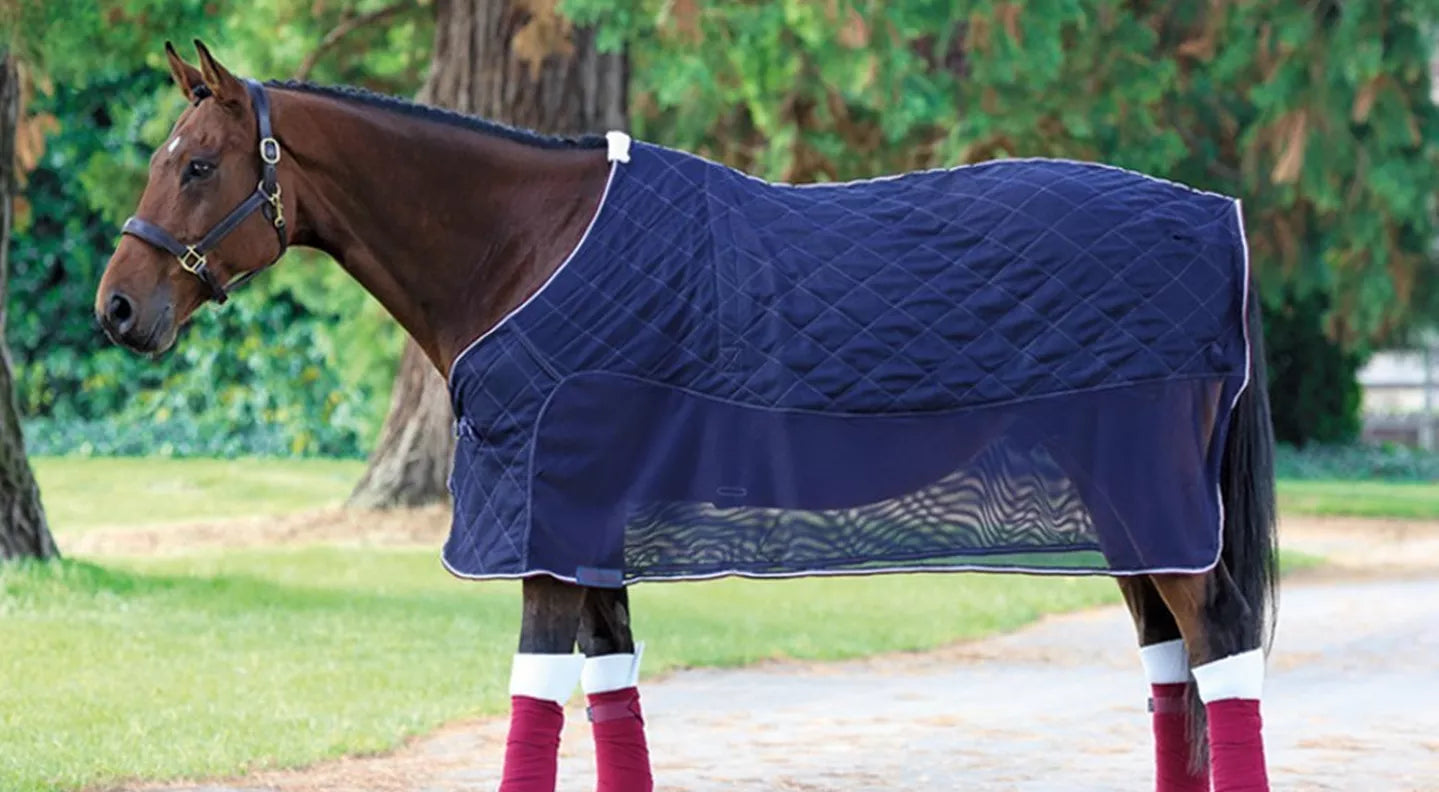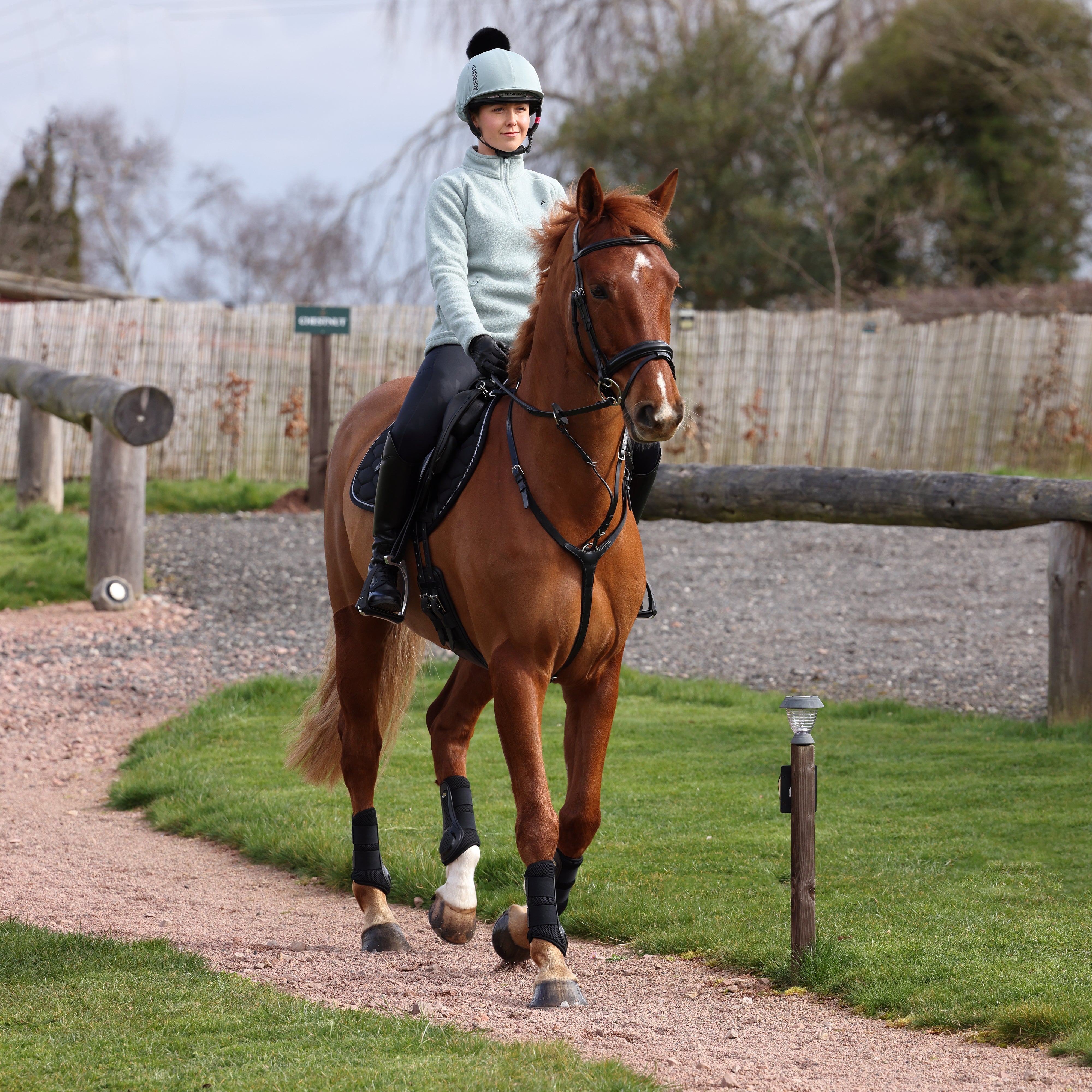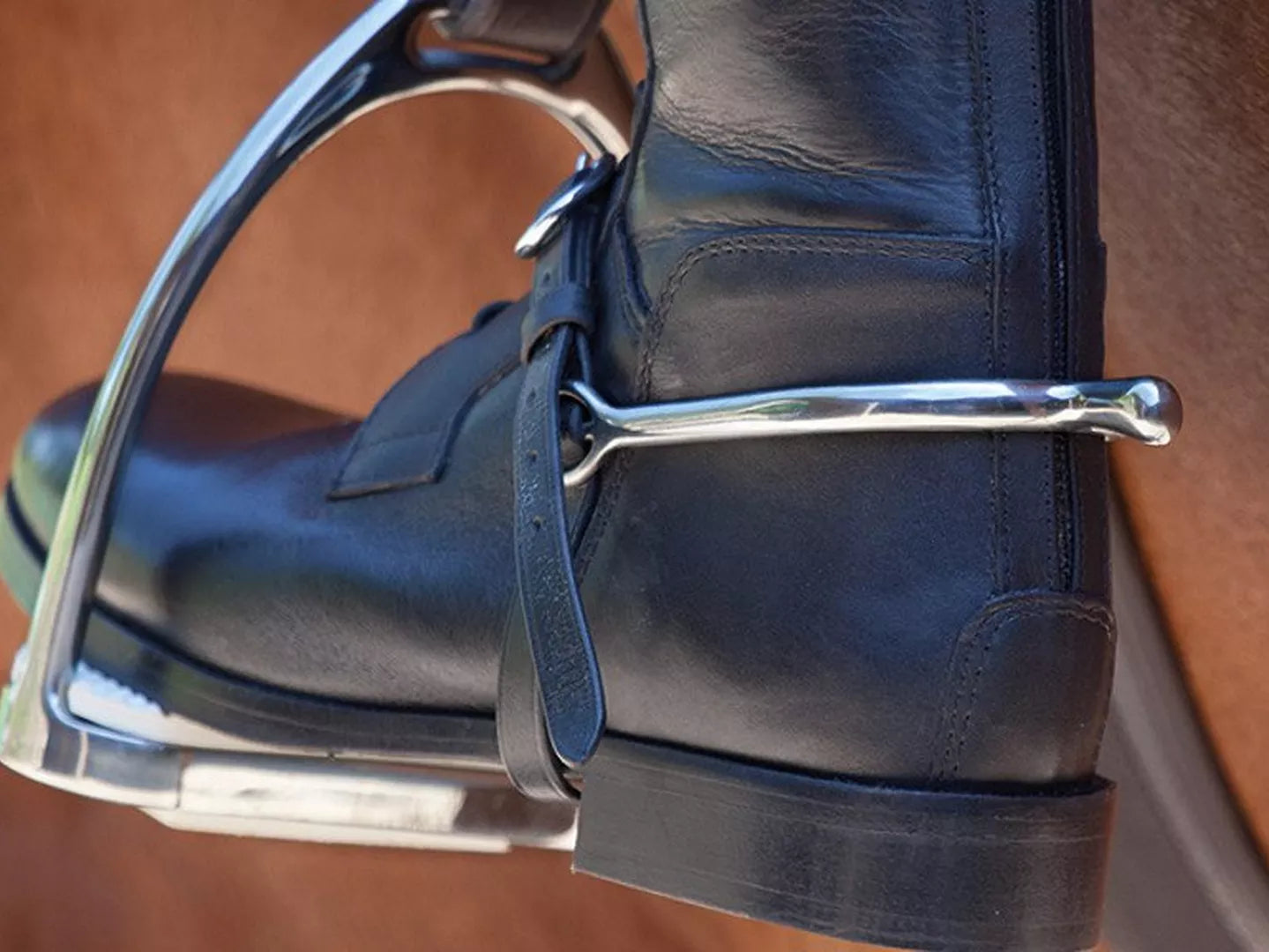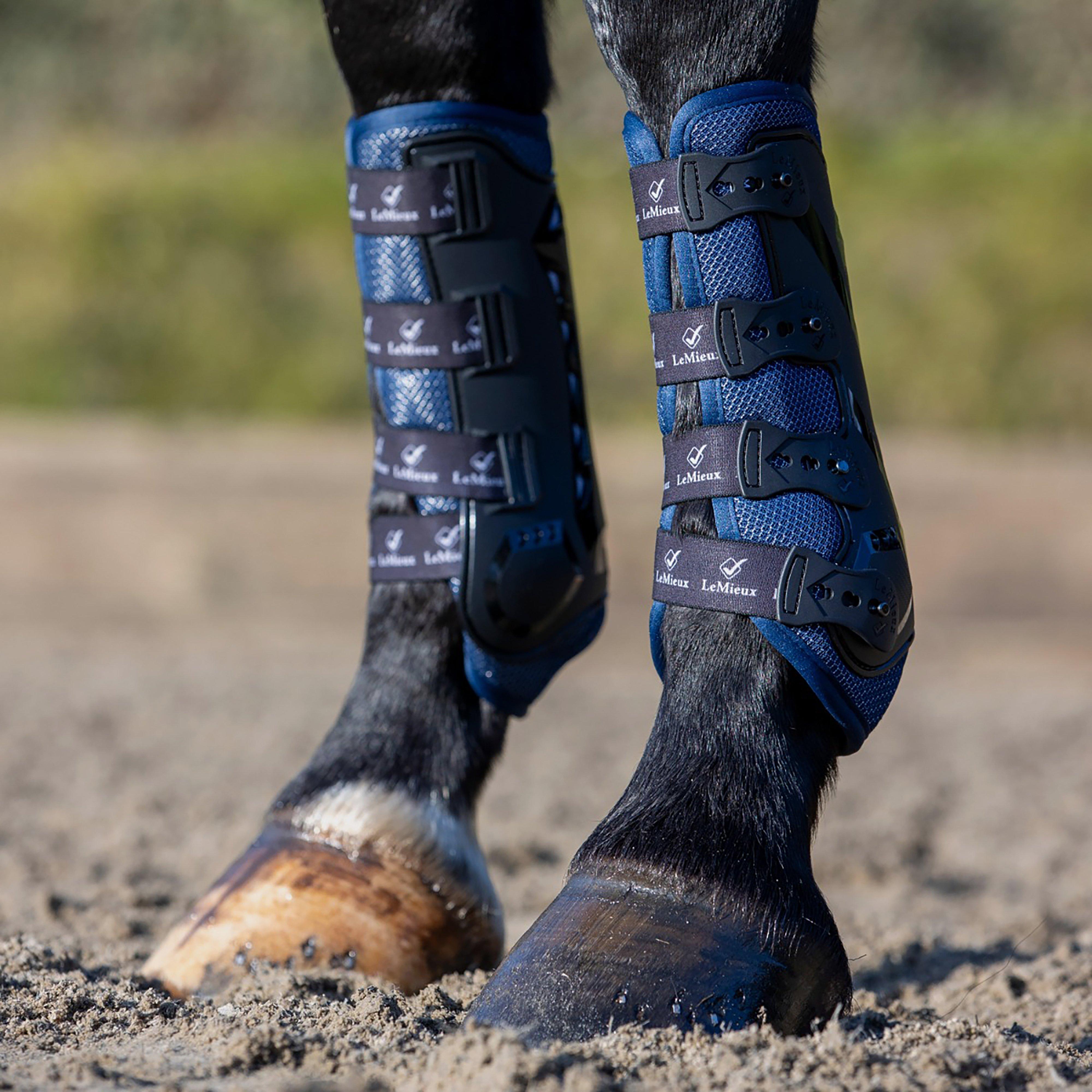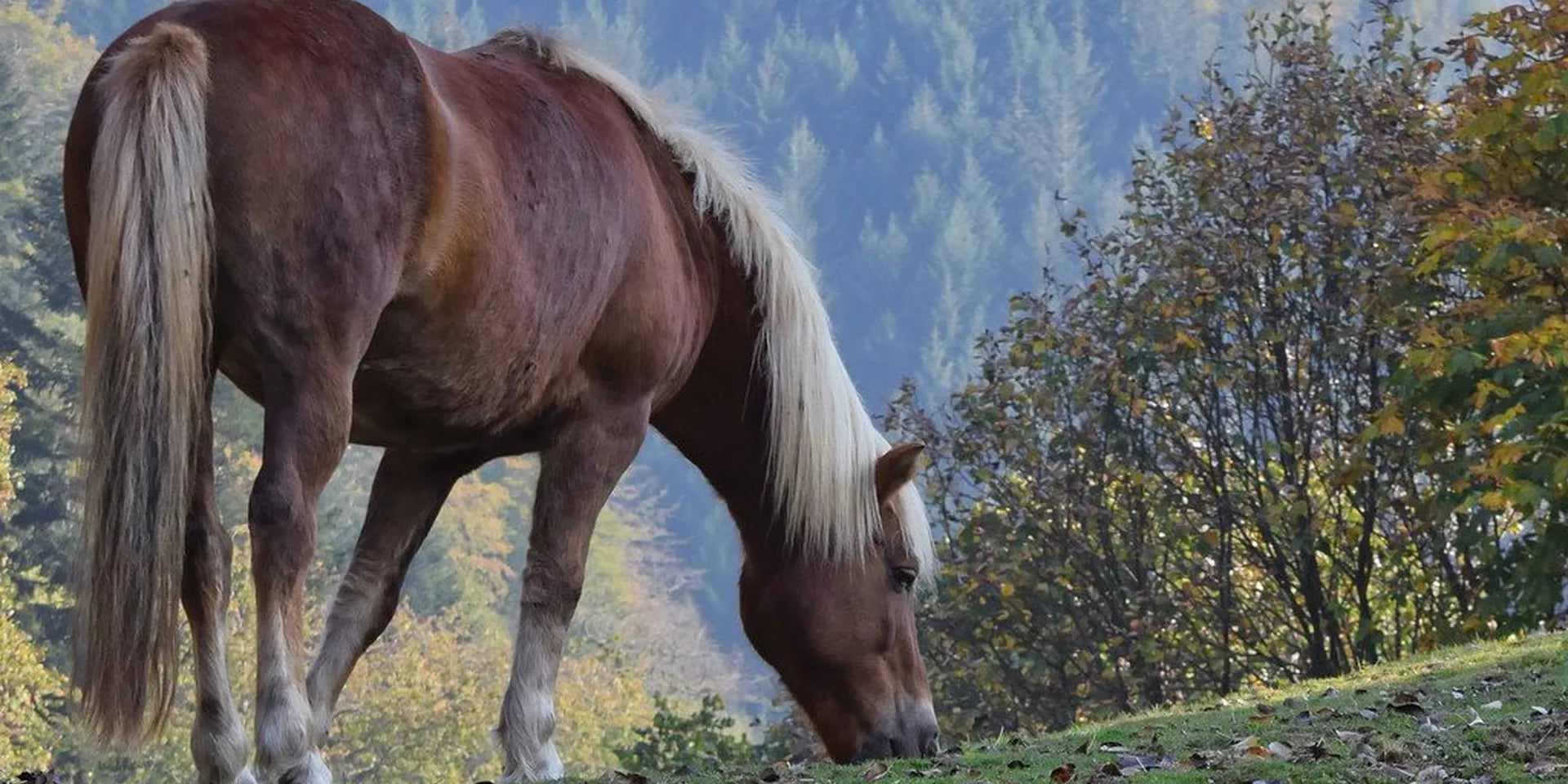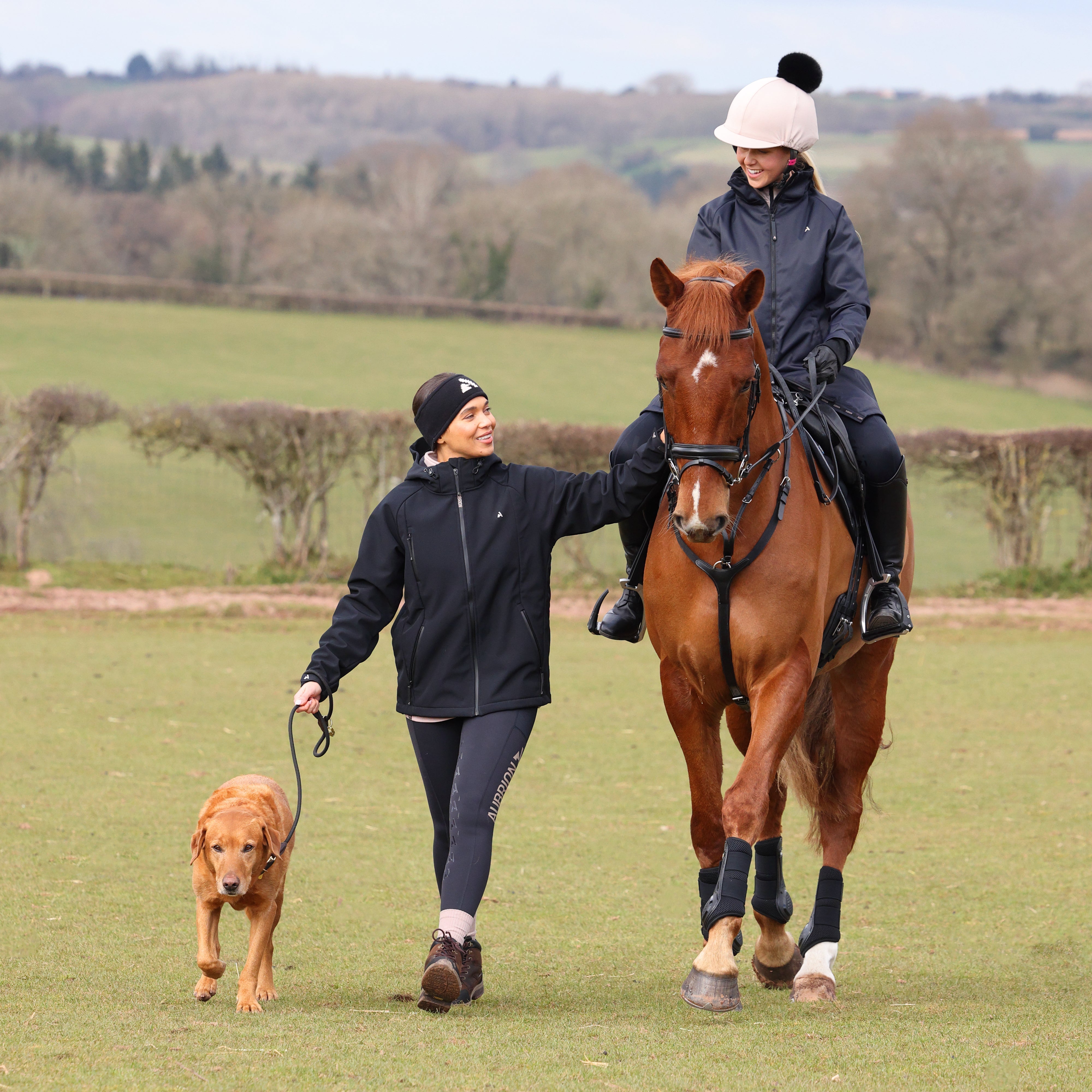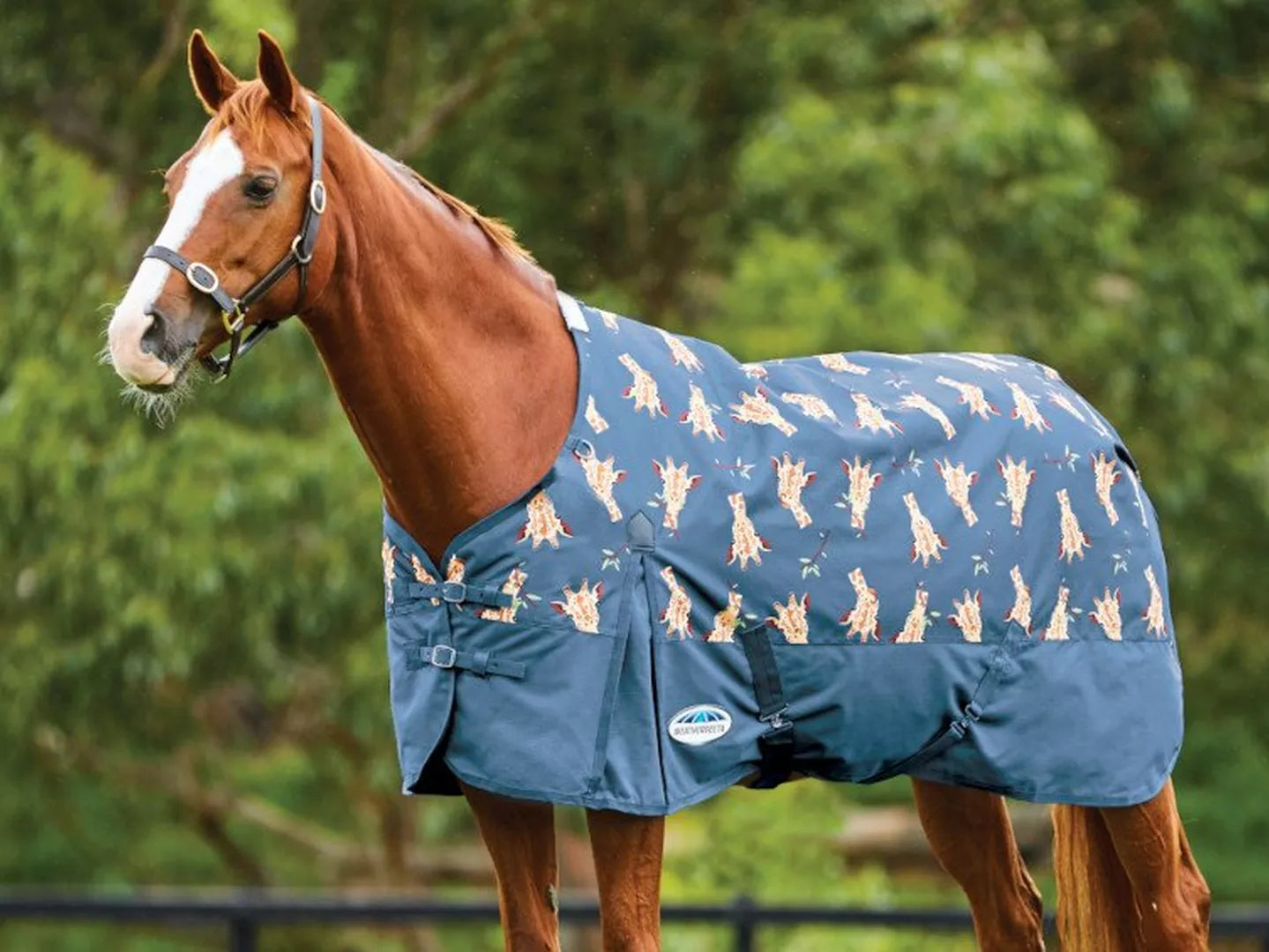Looking forward to getting out and about with your horse this season? Unfortunately, there’s one part of any equine outing that can spoil the fun… Travelling! It can be an extremely stressful time for many horses and their owners too. Thankfully, It doesn’t have to be! By having all of the correct information and equipment, you can have a safe, relaxed journey wherever you’re heading this season.
Top Tips
- Regardless of whether a towed-trailer or horsebox is used, upkeep is vital. We’ve all heard horror stories caused by rotten floors, unsafe tires or broken bolts. Regular maintenance and servicing must be carried out to maintain safety and avoid such incidents.
- If towing, your vehicle must be capable of pulling the trailer’s maximum authorised mass (MAM).You can check this by researching your car/vans specifications to find the weight and towing capacity.
- Ensure you have the required license to drive the transport type that you have chosen.
- Keep your horse comfortable by ensuring that the trailer or lorry is light and airy, spacious and has a well maintained non-slip rubber flooring.
- If a single horse is being travelled in a double trailer with partition, it must be travelled on the right hand side of the partition (behind the driver) to help the balance as it corners.
- Passport! – Horses cannot be transported without a passport. Make sure you pack it somewhere easy to access.
Essential Travelling Equipment
You wouldn’t set off driving without ensuring you had your seatbelt on, right? While we’re not suggesting you get a rather large harness for your horse, it’s really important to use protective travel equipment to prevent injuries and keep them comfortable.

Travel Rugs
There are many types of sweat-wicking and cooler rugs on the market. Rugs offer extra protection to your horses’ sides to avoid them rubbing against the walls of the trailer and to prevent them becoming chilly, especially if they're returning home after a competition or long ride. However, beware of over-rugging, it can cause unnecessary sweating and overheating. Remember, It's preferable that horses are too cool as opposed to too hot. They should wear a rug suitable for the season and their condition; taking into account whether they're clipped or not.

Boots & Bandages
Horses legs are delicate and the lower section is very lean, containing no muscle. So, they require plenty of added protection in the form of bandages or travel boots. Whichever you choose, check that they fit correctly.
Bandages: Good bandaging requires lots of practice. When done correctly it can offer excellent protection/support to the legs, particularly on long or stressful journeys. There can however be serious risks if bandaged poorly. Too loose and they can slip down or fall off all-together causing a trip hazard, too tight and they can cut off the circulation. For maximum protection, bandages should be used over gamgee or leg pads. Bandages do not protect the hooves, so you may wish to combine them with overreach boots.
Travel Boots: Travel boots come in a variety of shapes, sizes and materials and usually offer protection from knee/hock to coronet band. They are quick and easy to use, but don’t always offer the support that bandages can. They’re much faster to put on and less risky, so can be a better option for quieter more experienced horses.

Headcollar & Leadrope
A horse should always wear a well-fitting headcollar when travelling. Leather is an ideal material as it will break under extreme pressure and can be cut; meaning your horse is less likely to become stuck in the event of an accident. A good quality lead rope should be attached to the head collar which will be tied using a quick-release knot to a piece of baling twine, or similar, to allow quick and easy release in the event of an emergency.

Poll Guard
When travelling large horses, those who have a tendency to become unsettled or those who are unbalanced, it may be worth using a poll guard to protect the top of their head from injury. These padded pieces of foam or leather slot onto the headpiece of the head collar.

Tail Guard or Bandage
An extension of your horses back, it’s really important to protect the dock from damage or injury during transport. This can be done using either a tail guard or bandage. For messy horses, it can be handy to choose a guard with a tail bag built in to keep them show ring ready!

Hay Net or Bag
Ideally, your horse should have access to forage when traveling. Ensure you provide a small holed haybag or haynet to keep them occupied. This should be easily accessible, however it should not be possible for them to become trapped in it.

First Aid
Never take the risk! It's always better to have a first-aid kit and not need it, than to need it and not have it! A first aid kit should be part of your travelling checklist in case of minor injury. Useful items include bandages, bandage tape, dressings, purple spray, wound cream and examination gloves.
Reducing Stress When Travelling
- Always practice loading well before the day of travelling. Many horses find the initial loading more stressful than the act of travelling itself; therefore it is important to get the horse accustomed to getting on and off the box/trailer.
- If your horse is a nervous traveller, consider using a calmer to help relax them and make them safer to handle.
- Consider the actual vehicle you will be transporting your horse in – Is it large enough? Is it safe? Are you used to driving/towing it? Is it comfortable for your horse?
- Always monitor your horses behaviour during traveling.
- Plan your journey to incorporate breaks. Always ensure your horse has plenty of opportunities to eat, drink and rest. This is particularly important if the journey is long (3+ hours), this reduced risk of shipping fever or pneumonia.
- If the weather is hot outside, the inside of a trailer can become 20 degrees warmer than the ambient temperature. Try to avoid traveling mid day and ensure your horse is kept cool.
Travelling does not have to be a chore for horse owners. As long as you are well prepared and consider all aspects of your horse’s welfare during transport, you can relax and be more excited for getting to the actual competition or outing!
